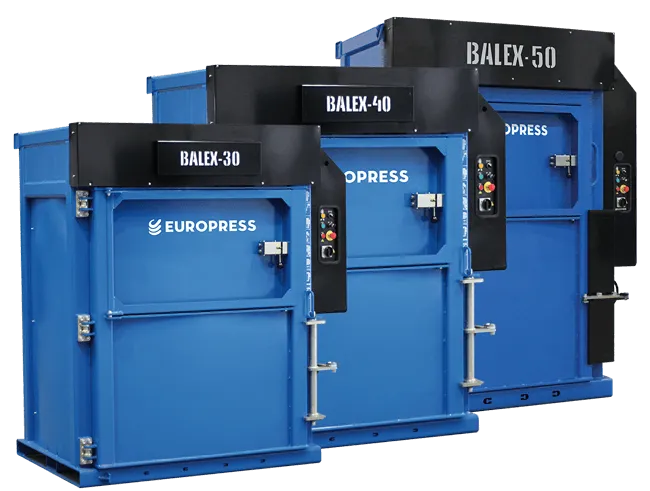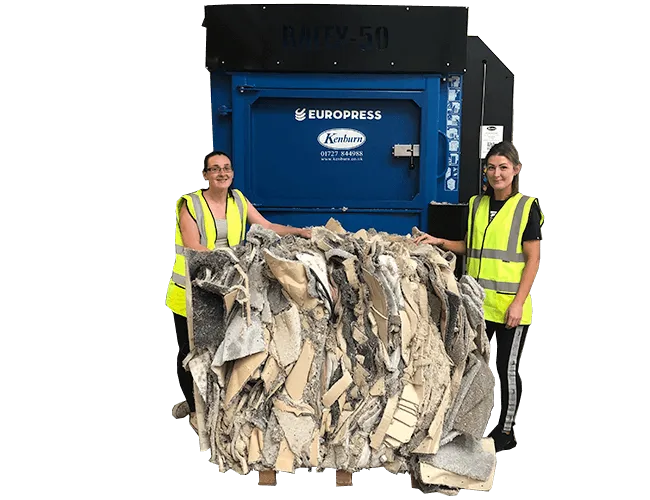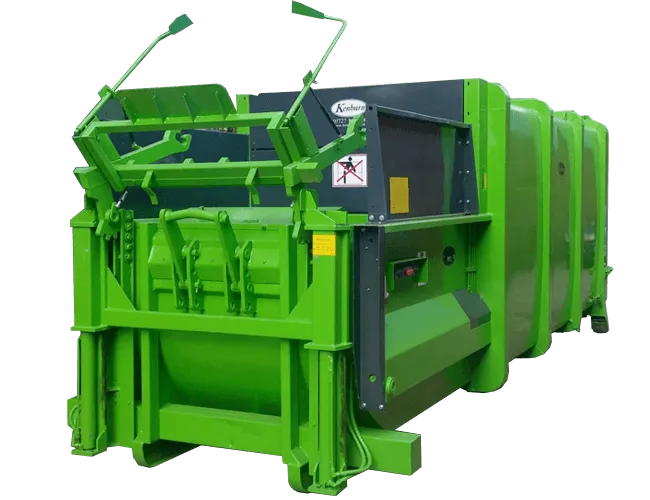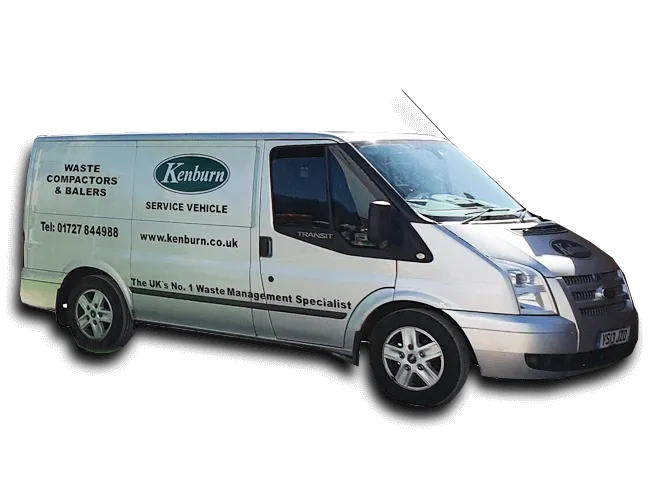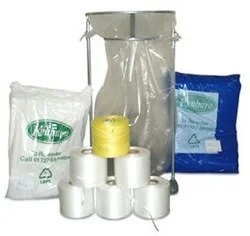Large compactors were used extensively by those producing large quantities of waste simply to reduce the cost of sending it to landfill – however, the world was about to change.
Government legislation like the landfill tax and packaging waste directives introduced in the late nineties made it commercially viable to recycle materials, especially cardboard, rather than sending it to landfill. While packaging waste directives gave advice to retailers and manufacturers on how to reduce the amount of packaging waste, the landfill tax hit business owners hard in their wallets and was by far the biggest driver in encouraging them to change their attitude to waste management.
It just didn’t make sense to continue sending material that could be recycled to landfill – why pay a hefty penalty for throwing something away when there was now a ready market for it? Baling rather than compacting became far more attractive as it allowed the now valuable recyclable cardboard to be stored and transported easily; turning what had previously been an overhead into an income stream. Although the market price for waste cardboard has fluctuated over the years it currently has a value of around £50 per tonne with waste paper faring even better at around double that figure, depending on quality. Plastic bottles and containers are the second biggest commodity, although prices vary widely between £40 and £250 per tonne depending on their chemical composition and variables such as cleanliness and colour. Off-cuts from plastic product manufacturing command some of the highest prices.
Recycling contractors will generally pay a higher price for baled material than for loose waste as it reduces their transport and labour costs. In the case of waste cardboard recycling companies often ask for ‘mill sized bales’, in other words large bales of around 400 Kg ‘four wire tied’. Although there are no specific dimensions an ideal load is 24 tonnes for a large curtain-side lorry.
Balers fall into two main categories, horizontal and vertical, with large generators of waste card or paper – those producing more than about two tonnes per day – usually opting for the horizontal type. Although considerably more expensive than their vertical counterparts, £70,000 to £250,000, these powerful machines, some of which are capable of producing up to 50 tonnes of pressure, require less manual labour to operate, often being fed automatically via a conveyor and featuring automatic tying and bale ejection.
The smaller vertical balers, which typically cost between £3,000 and £15,000 depending on size, are popular with the retail trade, from small shoe shops to mid-sized supermarkets. Twenty years ago it’s unlikely that the smaller shops would have even considered baling, but the high cost of sending waste to landfill, currently at around £50 per tonne, has now made them an economic proposition, even without the additional revenue made from selling their bales. There are Health & Safety issues too. Having piles of loose cardboard at the rear of the premises is no longer acceptable from an environmental point of view. Apart from being unsightly there is the ever present threat of fire, often caused by vandals, which could easily destroy the business and even endanger life. Add to that the high cost of storing loose cardboard indoors and the case for investing in baling equipment is pretty compelling.
I think it’s important to see the acquisition of baling equipment as an investment rather than an overhead. Although the capital cost can be quite substantial the ROI is generally fairly rapid depending on the volume of material being handled. However with such a big increase in the demand for balers over the last few years, the industry has been blighted by companies offering cheap sub-standard equipment from dubious overseas manufacturers keen to cash in on what they see as a buoyant market. Poor reliability and low safety standards together with often appalling after sales support make these machines an extremely expensive option in the longer term and should be avoided. I know of cases where machines have been out of action for days waiting for the supplier’s sole engineer to fix the problem and of machines suffering potentially dangerous fractures during operation. As with all things, you get what you pay for, and balers are no exception. It makes better economics to buy a refurbished quality machine from a reputable supplier than risk the consequences of buying a cheap new one.
When it comes to financing new equipment we’ve seen a big increase in the number of machines being leased rather than purchased outright, no doubt as a result of financial directors putting the lid on capital expenditure. Another option is to simply rent a machine from a baling supplier. Often this can be done over short periods perhaps to cope with a temporary increase in the volume of waste, such as during the Christmas rush or the January sales.
With landfill charges set to rise by £8.00 per tonne year on year, in an effort to meet the UK’s recycling targets, the demand for baling equipment is likely to remain strong for the foreseeable future.
All business enquiries to:
Kenburn Waste Management Ltd
Kenburn House
Porters Wood, St. Albans
Hertfordshire, AL3 6HX
Tel: +44 (0)1727 844988
Email: [email protected]
Web: www.kenburn.co.uk

